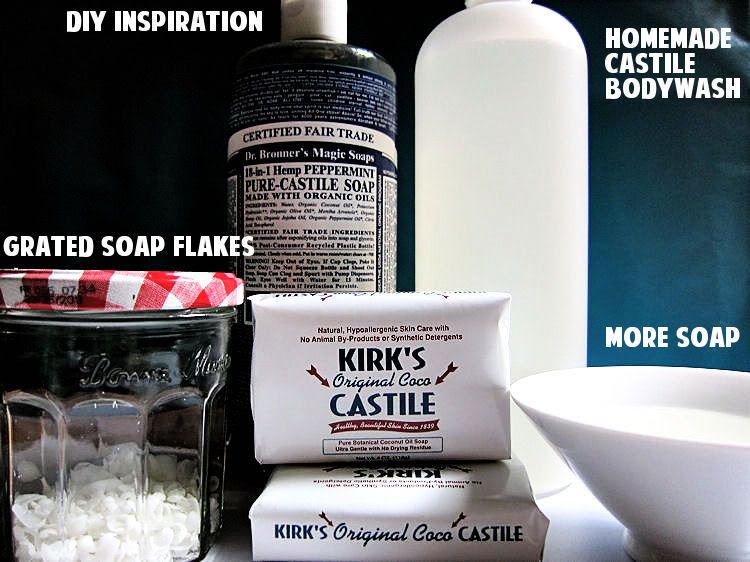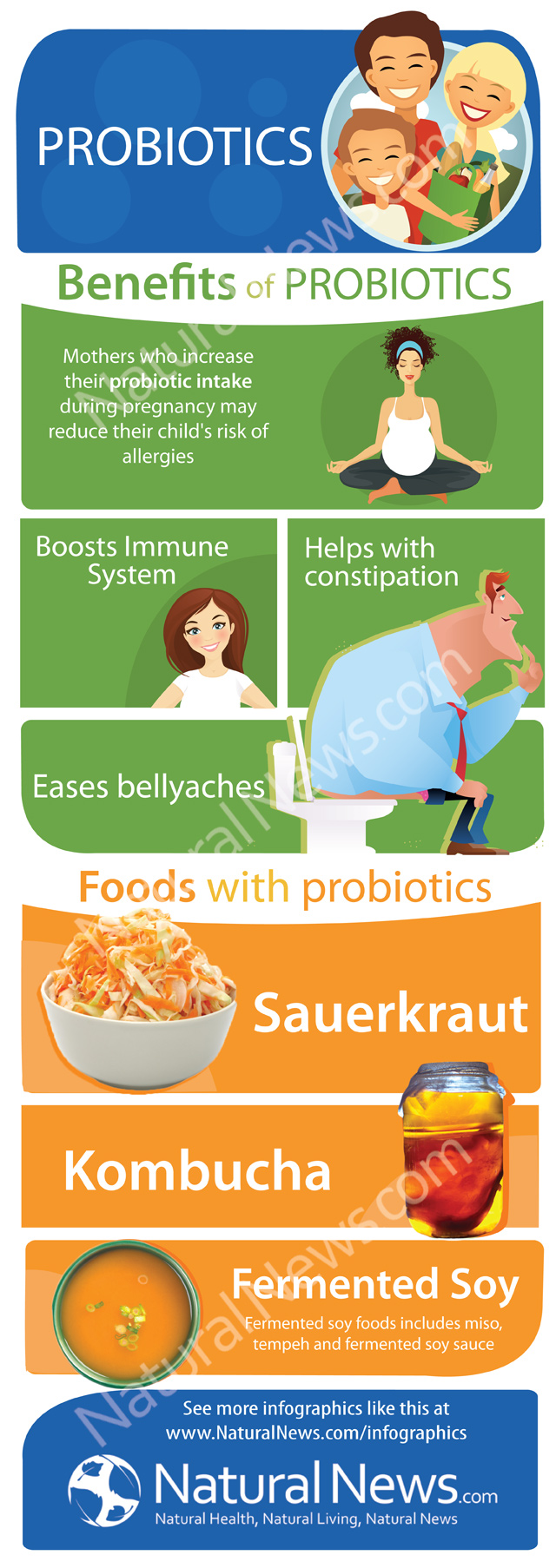

(
NaturalNews) In western civilization, most milk consumption is in the
form of pasteurized and homogenized cow's milk. Although such milk is
portrayed as being healthy, it actually can lead to impaired health,
including allergies, tooth decay, colic in babies, arthritis, heart
disease, and even cancer. A much better choice is raw milk, and, though
generally more difficult to find, the best raw milk of all is raw goat's
milk. As the Journal of American Medicine states, "Goat's milk is the
most complete food known."
Goat's milk is the most highly
consumed milk in many other parts of the world and it is delicious as
well as extremely nutritious. Goat's milk has vitamins, minerals, trace
elements, electrolytes, enzymes, proteins, and fatty acids that are
easily assimilated by the body. It is interesting to note that goat's
milk is digested in 20 minutes; whereas, it can take up to 24 hours to
digest cow's milk.
Pasteurization and homogenization are not what
nature intended. These processes destroy valuable natural enzymes and
nutrients that our bodies utilize to sustain health. They also alter
food chemicals and make fats rancid.
Cow's milk and goat's milk
differ greatly in their nutritional composition. Goat's milk does not
contain the complex protein that stimulates allergic reactions, making
it less allergic. It also helps to boost the immune system. Goat's milk
alkalizes the digestive system and also helps to increase the ph level
in the blood stream. Furthermore, goat's
milk does not produce mucus and will not worsen allergic respiratory conditions such as asthma.
Goat's
milk also contains less of the enzyme xanthise oxidase. When entering
the blood stream, this enzyme can cause tissue on the heart to scar that
results in the liver supplying more cholesterol in order to protect the
heart. Arteriosclerosis can be the result of this mechanism.
Additionally, homogenization of milk products has also been linked to
heart disease.
People who are lactose intolerant may find goat's
milk to be a good alternative source of milk. Goat's milk contains less
lactose than cow's milk and passes through the digestive system more
rapidly. Most lactose intolerant people have no difficulty tolerating
goat's milk.
Additionally,
raw goat's milk
fights microbes, primarily due to the healthy medium-chained fatty
acids it contains, such as capric and caprylic acids. It is very
important to note that raw goat's milk is rich in selenium, a necessary
bodily nutrient known for its immune strengthening and antioxidant
properties.
Raw goat's milk soothes the digestive tract. People
with conditions such as bloating, diarrhea, asthma, and irritability may
very well be suffering from an allergic reaction to cow's milk. Raw
goat's milk on the other hand can be comfortably consumed without
triggering these allergic responses. Because of its effective acid
buffering capacity, goat's milk has been used to treat conditions such
as ulcers.
Children with problems digesting cow's milk may have a viable alternative in
raw
goat's milk. Goat's milk is a natural food that children can consume
comfortably, even if they are sensitive to cow or other forms of milk.
In fact, goat's milk is very similar to human milk. Children who drink
goat's milk tend to remain more satisfied between meals and sleep
through the night.
In conclusion, goat's milk provides excellent
health
benefits, is delicious and is well tolerated - as opposed to today's
pasteurized and homogenized varieties, which are not only less
nutritious and less tolerated, but also can be a precursor to poor
health.
Sources:
http://preventdisease.com/news/10/111810_dangers_pasteurization_homog...http://www.roseofsharonacres.com/raw_goat_milk_benefitshttp://www.dynamicchiropractic.com/mpacms/dc/article.php?id=38646
About the author
Luella
May is a natural health advocate helping people to heal naturally.
Luella is in the midst of editing her ebook, "The 8 Invisible Stains of
Our Souls" which will be available in the next few months. She partners
with Tony Isaacs, who authors of books and articles about natural
health including "
Cancer's Natural Enemy" and "
Collected Remedies" Luella contributes to
The Best Years in Life
website for baby boomers and others wishing to avoid prescription drugs
and mainstream managed illness and live longer, healthier and happier
lives naturally. Luella co-moderates the Cure Zone "
Ask Tony Isaacs" forum as well as the Yahoo Health Group "
Oleander Soup" and hosts her own yahoo group focusing on the natural well-being of pets "


















